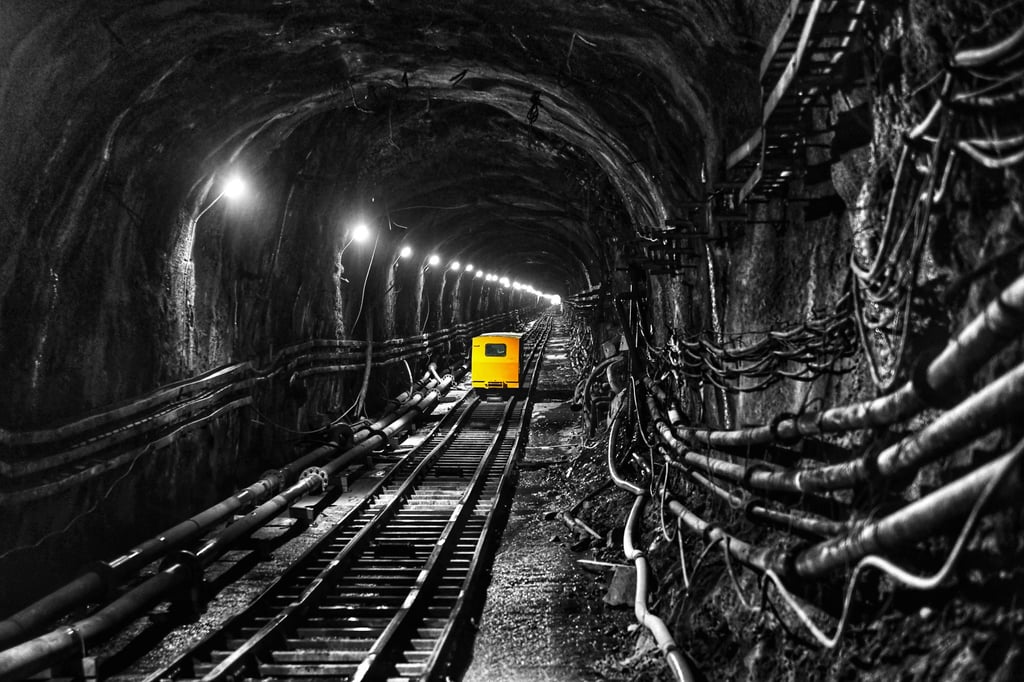China, Italy lead global hunt for ghostlike neutrinos while the US takes a separate track
- After decades as China’s chief research partner into the tiny particles, the United States is working on its own project, but Juno will be ready first
- Italy is the biggest partner in a collaboration which includes nearly 700 scientists from 78 institutions around the world

Beneath the hills of southern China, some 170km (105 miles) west of Hong Kong, Chinese and European scientists are assembling what will become the world’s largest detector of neutrinos – tiny, ghostlike particles that pass through our bodies by the trillions every second.
At 700 metres (3,000 feet) below ground, the US$300 million Jiangmen Underground Neutrino Observatory (Juno) is designed to measure the mass of different types of neutrinos and better understand their role in the formation of the universe.
To catch neutrinos – which are trillions of times smaller than a grain of sand – scientists are building a plastic sphere 13 storeys tall that will be filled with 20,000 tonnes of a special liquid and soaked in 35,000 tonnes of pure water, according to He Wei, who is overseeing construction at the site.
“We are now assembling a crucial structure of Juno that is a 41 metre [135 foot]-wide steel shell for mounting all the detection components on,” said He, from the Institute of High Energy Physics, Chinese Academy of Sciences.

As the most abundant building blocks of the universe, neutrinos are everywhere but seldom interact with anything, making them extremely hard to catch and study.
However, they can help answer some fundamental questions about the world we live in: how was matter distributed across the universe as we see it today? Why is the universe made of matter instead of antimatter? Why does the universe exist at all?